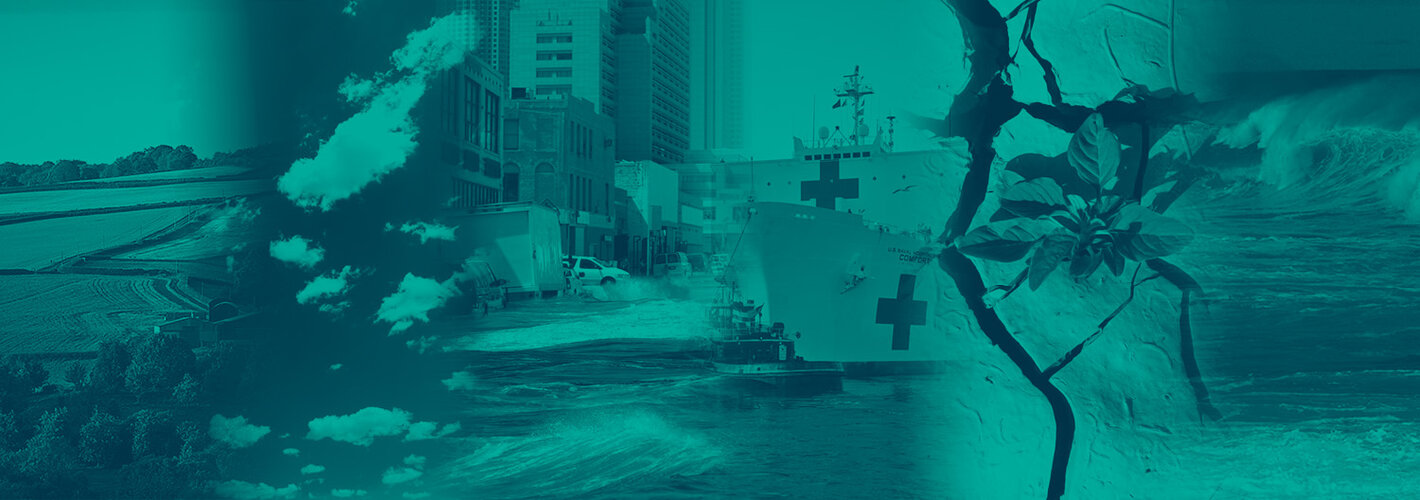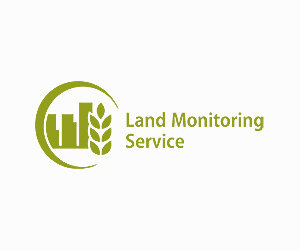Plant health
Ensuring that land is used sustainably, while meeting the food demands of a growing global population – a projected eight billion by 2020 – is one of today’s biggest challenges.
The Copernicus Land Monitoring Service not only provides information to help respond to major global issues such as this, but also delivers appropriate information to help with regional and local matters, and for ‘hotspots’ that are prone to specific challenges.
The service relies on accurate observations made over the same area very frequently and that are delivered in a timely manner – hence, the role of Sentinel-2.
The mission’s revisit time of just five days, when both satellites are operational, and only 10 days with Sentinel-2A alone, along with the mission’s range of spectral bands mean that changes in plant health and growth can be more easily monitored.
Prior to Sentinel-2, there was insufficient cloud-free satellite data in high resolution with all the necessary spectral bands to cover Europe fast enough to monitor vegetation when it’s growing rapidly in the summer. Sentinel-2 fills this gap.
The span of 13 spectral bands, from the visible and the near infrared to the shortwave infrared at different spatial resolutions ranging from 10 to 60 m takes land monitoring to an unprecedented level.

In fact, Sentinel-2 is the first optical Earth observation mission of its kind to include three bands in the ‘red edge’, which provide key information on vegetation state.
Sentinel-2 is designed to provide images that can be used to distinguish between different crop types as well as data on numerous plant indices, such as leaf area index, leaf chlorophyll content and leaf water content – all of which are essential to accurately monitor plant growth.
This kind of information will help informed decisions to be made – whether they are about deciding how much water or fertiliser is needed for a maximum harvest or for forming strategies to address climate change.
While this has obvious economic benefits, this kind of information is also important for developing countries where food security is an issue.















 Germany
Germany
 Austria
Austria
 Belgium
Belgium
 Denmark
Denmark
 Spain
Spain
 Estonia
Estonia
 Finland
Finland
 France
France
 Greece
Greece
 Hungary
Hungary
 Ireland
Ireland
 Italy
Italy
 Luxembourg
Luxembourg
 Norway
Norway
 The Netherlands
The Netherlands
 Poland
Poland
 Portugal
Portugal
 Czechia
Czechia
 Romania
Romania
 United Kingdom
United Kingdom
 Slovenia
Slovenia
 Sweden
Sweden
 Switzerland
Switzerland






























